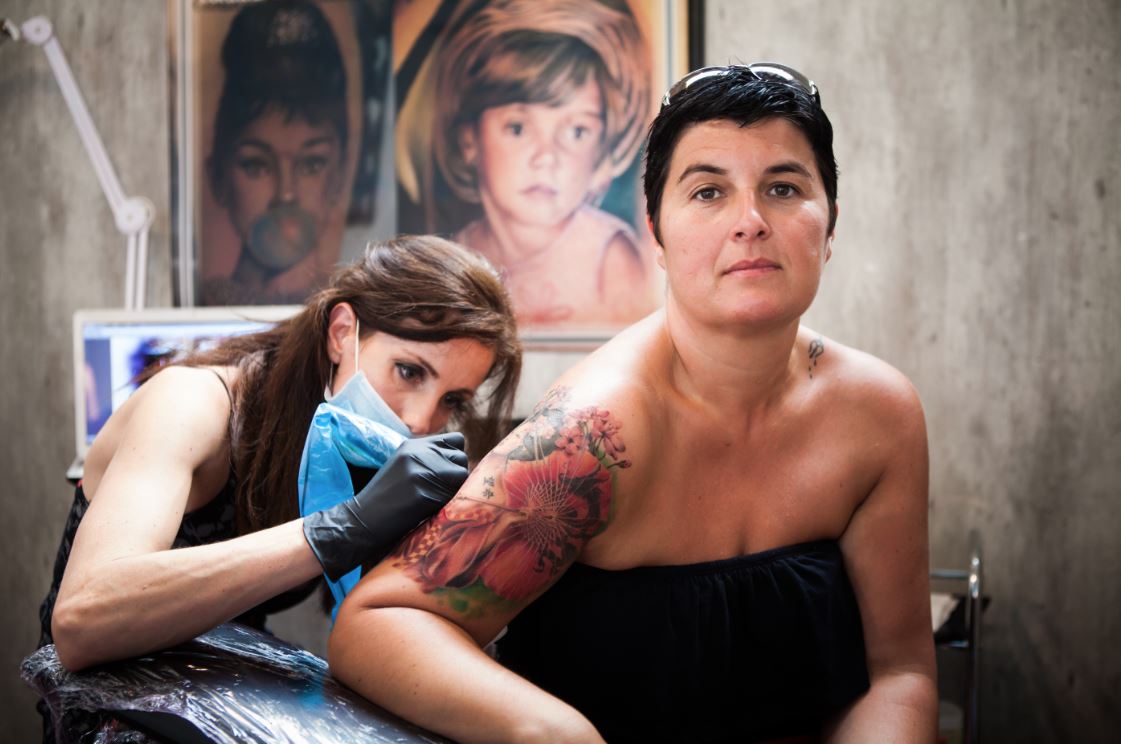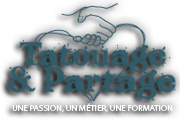
A letter from Tatouage & Partage to the French National Arts and Crafts Institution (INMA) and their Chairman’s reply
At the beginning of 2016, the people at Tatouage & Partage wrote a long letter to INMA. What was it all about? Giving the tattooing profession official recognition as an art/craft. The Chairman of the institution responded to our association of tattooists.
At the start of the year, the Tatouage & Partage association addressed a letter, via Chairman Stéphane Chaudesaigues, to INMA, an acronym meaning the National Arts and Crafts Institution in French. As a state service provider, the institution plays several roles, including:
- they produce data on arts and crafts and their milieu
- they contribute towards developing regulations and assist in decision-making
- they drive thought towards adapting training to suit new industry developments
- they develop information referencing tools such as the official arts and crafts directory
To date, tattooists still don’t have any specific status
Tatouage & Partage wished to address INMA based on an observation which is outlined in the letter: to date, tattooists still don’t have any specific status, zero recognition. Unlike costume designers and wigmakers, illuminators and parchment makers, tanners and mosaic artists who are all recognised as artists/craftspeople, tattooists are not.
The unique and artistic evolution of tattooing...
After reminding M. Gérard Desquand, INMA’s Chairman, of the ancient and artistic nature of tattooing – since Ötzi, the tattooed Iceman who died in 3,500 B.C., to the rapid spread of tattooing into the 21st century – we highlighted the fact that over the last half-century, a new form of the tattooing profession has emerged, brought by renowned tattooists making unique creations.
...but a discipline that’s frowned upon by official entities
Despite this evolution, it is still impossible – even for a respected tattooist – to officially take an apprentice under his wing and teach them a well-known art form. To become a craft tattooist, drawing techniques must be mastered, having good knowledge of pictorial art is a prerequisite and, learning tattooing techniques from an established tattooist along with perfect mastery of the needle are a must. An apprenticeship like this lasting several years is required before an apprentice can create an artistic piece of a highly-technical nature and acquire their own style, their signature. We wrote all of this down for the Chairman of INMA.
Tattooing as a craft: a profession of passion that deserves real recognition
The conclusion of our letter went as follows: tattooing as a craft is a profession of passion that deserves real recognition. Tatouage & Partage is convinced that tattooing should have its place within arts and crafts. More attached than ever to the arts and crafts status, our association would like every tattooist to be able to grow and develop while giving their slant on the profession: from the tattooist who will do whatever the client requests to the craft tattooist who will create a masterpiece for their client. This was the aim of our intervention in 2014.
The reply from the Chairman of INMA
On 31 August 2016, Tatouage & Partage received a reply from M. Desquand. The Chairman took our request into consideration and said: “The tattooing profession, as long as it is carried out by competent professionals, combines artistic flair and advanced technical skill.” M. Desquand finished his reply by stipulating that INMA “is going to assemble all requests that come their way, with an accurate a description as possible of each profession or skill, technique, tool used, and the market concerning each request.” And to conclude: “I would like you to send us additional information on the tattooing profession so that the possibility of adding it to the list of arts and crafts can be examined in due course.”
An optimistic message for the recognition of the tattooing profession
The Tatouage & Partage association sees this as an encouraging first step towards gaining the recognition which is so desperately lacking in the tattooing profession. Loyal as we are to our mission, we’ll be sure to keep you up to date on our progress.










